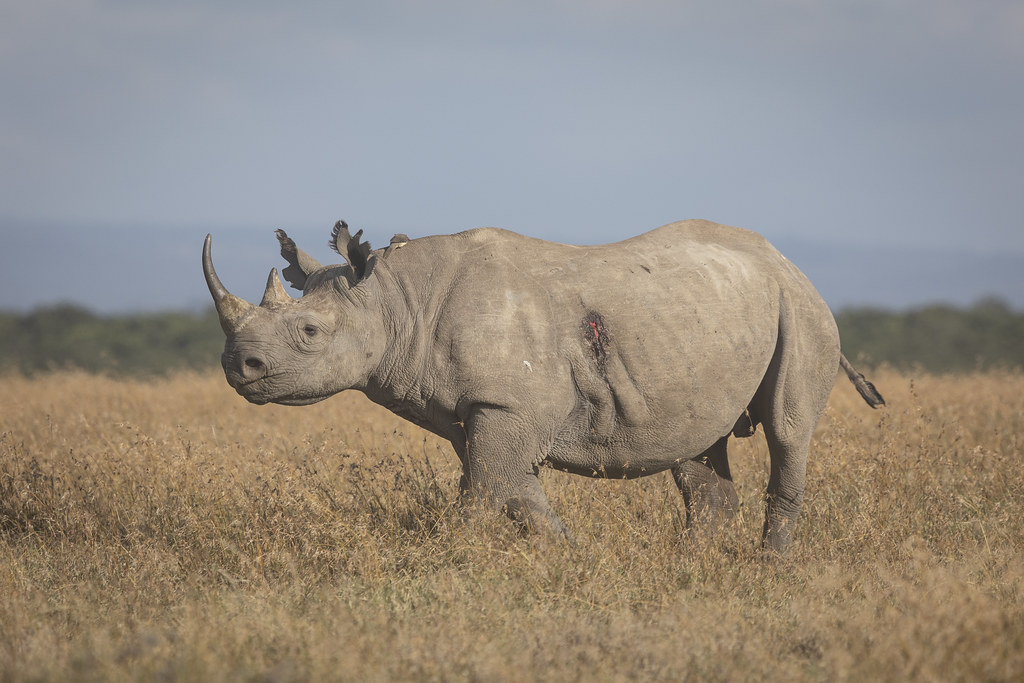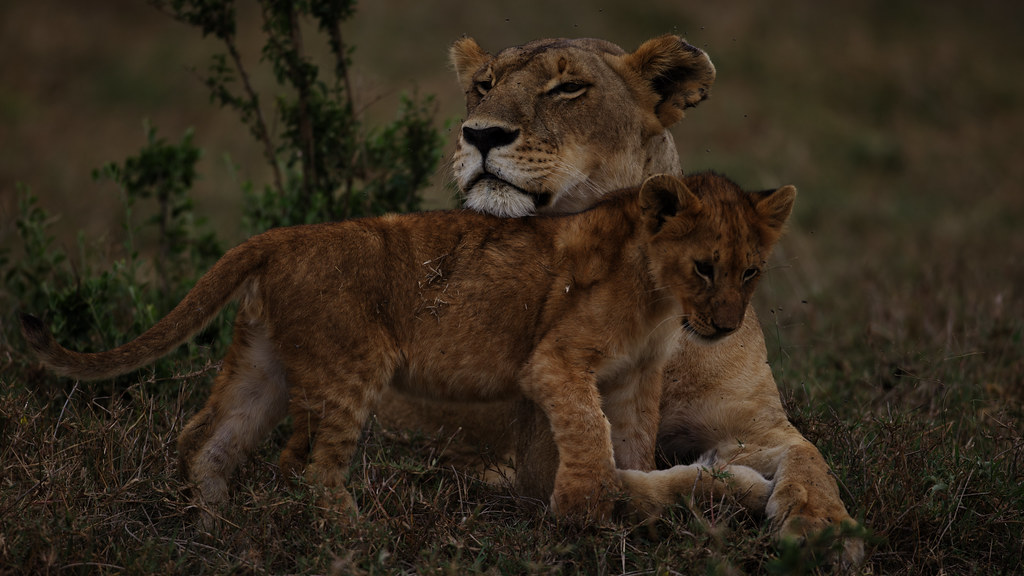
Optimal locations for observing rhinos in Kenya
Optimal locations for observing rhinos in Kenya
Optimal locations for observing rhinos in Kenya — Kenya is recognized as one of the foremost locations in Africa for observing rhinos. Historically, rhinoceros numbers throughout the continent have declined due to rampant poaching and habitat destruction. Kenya is currently inhabited by both Black and White Rhinos, including the only two remaining Northern White Rhinos globally. The Black Rhino population, originally about 20,000, has decreased to fewer than 300 owing to poaching; however, dedicated conservation initiatives have raised their numbers to over 600.
In 2018, the Northern White Rhinos approached extinction following the demise of the last known male, Sudan, at Ol Pejeta Conservancy. Currently, just two Northern White Rhinos exist, Najin and Fatu, both residing under constant armed protection at Ol Pejeta. Kenya is a pivotal location for rhino conservation and observation. The premier locations to observe rhinos in Kenya are as follows:
Ol Pejeta Conservancy
Ol Pejeta Conservancy is the foremost destination for rhinoceros aficionados. Situated at the foothills of the Aberdares and in proximity to the snow-covered summits of Mount Kenya, this conservancy harbors the planet’s final Northern White Rhinos, as well as Black and Southern White Rhinos. The conservancy’s committed conservation initiatives provide visitors with a unique opportunity to witness these magnificent species in close proximity.
Lewa Wildlife Conservancy
Lewa Wildlife Conservancy is a premier location for observing rhinoceroses. It accommodates around 10% of Kenya’s Black Rhino population and 15% of its Southern White Rhino population. Lewa, situated in northern Kenya, provides an opportunity to observe rhinos in an environment that harmonizes aesthetic appeal with efficient conservation methods.
Masai Mara National Reserve
The Masai Mara National Reserve, internationally acclaimed for its fauna, is an optimal site for observing rhinos. The reserve is renowned for the Great Migration, which transpires annually from July to October, when approximately 1.5 million wildebeests, accompanied by zebras and Thomson’s gazelles, move from the Serengeti in Tanzania to the Mara. This is an excellent opportunity to observe predators like as lions and cheetahs in their natural behavior.

Tsavo National Park
Tsavo National Park, Kenya’s largest national park, is a vast and diverse region referred to as the “Theatre of the Wild.” Founded in 1948, the park is partitioned into East and West by the Nairobi-Mombasa railway. The diverse habitats and picturesque vistas of Tsavo offer an excellent environment for seeing rhinos among a vast variety of species.
Amboseli National Park
Amboseli National Park, located at the base of Mount Kilimanjaro, provides breathtaking vistas of the mountain in conjunction with its fauna. The park hosts the Big Five, including rhinoceroses, and offers outstanding photographic opportunity with Kilimanjaro in the background.
Nakuru National Park
Body of water Nakuru National Park, distinguished for its alkaline lake and enormous populations of flamingos, also offers exceptional opportunities for rhino observation. The park’s distinctive environment sustains diverse fauna, rendering it an idyllic location for rhinoceros aficionados.
Each of these sites provides a distinctive opportunity for observing rhinos in Kenya, highlighting the nation’s dedication to rhino conservation and facilitating memorable wildlife experiences.
Procedure for Reserving a Safari in Kenya
Organizing a safari to Kenya to observe rhinos is an exhilarating endeavor. After establishing your travel dates, please email us to verify the availability of services for that specific dates. We will verify availability and furnish you with a preliminary itinerary for your assessment. Upon completion of the itinerary, we will provide an invoice for the deposit. Upon receipt of your money, we will confirm all services for your safari. For high season travel (June to October), we advise securing reservations 2-3 months prior.
Information about Kenya Tourist Visa
Visitors to Kenya require a tourist visa, obtainable online for USD 51. It is important to obtain your visa prior to your arrival in Kenya to facilitate a more seamless admission process.
Optimal Lodgings for Rhino Observation in Kenya
Accommodation alternatives for rhino observation in Kenya vary from economical to opulent resorts. Your selection will be contingent upon your preferences and financial constraints. Reach out to us for comprehensive recommendations.
Optimal Period for Rhino Observation in Kenya
Rhino sightings in Kenya are exceptional throughout the year, with peak periods being from December to February and June to October. The months are arid, providing enhanced visibility and improved circumstances for photography.
What are the advantages of booking with us?
Our elevated ratings and favorable reviews on TripAdvisor demonstrate our dedication to provide eco-conscious, premium adventure and wildlife safaris. We provide a variety of activities, encompassing gorilla and chimpanzee trekking, Big 5 safaris, mountain hiking, boat excursions, and cultural interactions. Our objective is to provide memorable African safari experiences while fostering biodiversity protection and aiding local communities. Reach out to us to arrange your safari and discover the premier locations for rhino sightings in Kenya.


